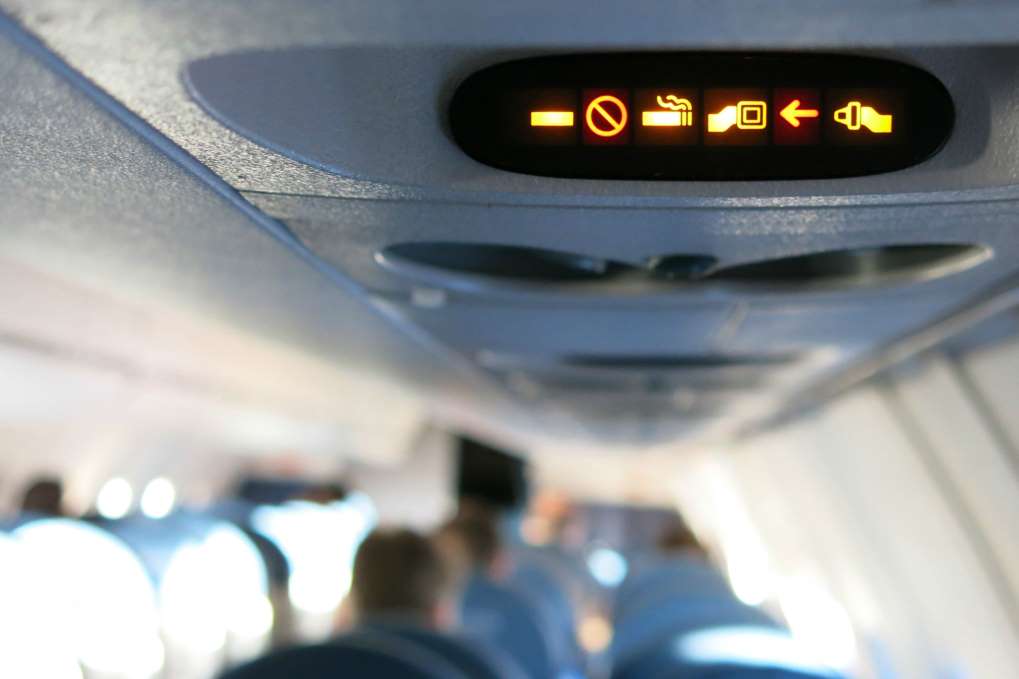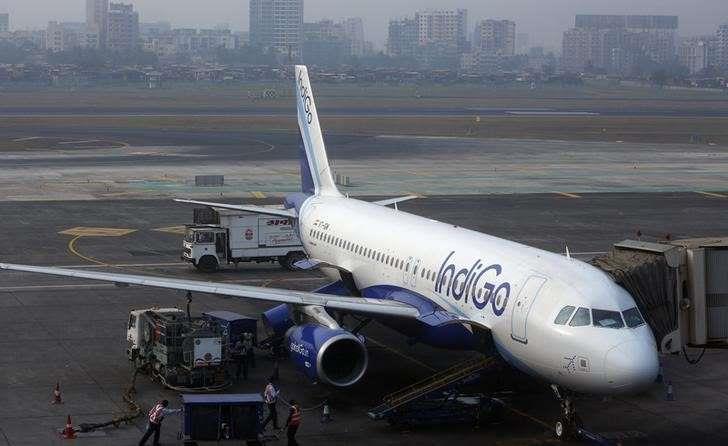February 9, 2018

No smoking, fasten seatbelt sign is illuminated. Every flight is an opportunity to crack secret aviation codes. – Shyflygirl/iStockphoto/Getty Images
Astute passengers will notice black triangle stickers located over select seats in the cabin. Others may question why tray tables and seats need to be in an upright and locked position during takeoff and landing. And there’s the age-old question of why pilots call each other “Roger.”
Amidst all these arcane codes, lingo, and procedures, passengers may believe the “fasten seat belt sign” is fairly straightforward. When it’s on, you remain in your seat with your seatbelt on. When it’s off, you’re free to move about the cabin. But pilots can also use the sign to communicate with cabin crew without having to make a call or announcement.
“A double chime and flash of the seat belt sign means that takeoff or landing is imminent, and it is the final sign from the captain for the crew to take their seats,” Laura Hutcheson, a Virgin Atlantic flight attendant, told the Washington Post.
Different numbers of flashes and chimes can be code for different signals, according to the airline. They can signal changes in altitude, turbulence, or if the pilot has a non-emergency message for flight crew (even something as mundane as “please bring coffee,” according to former U.S. Airways pilot John Cox).
Three dings generally signal a priority message from the flight deck to cabin crew. This could be something like a severe turbulence warning, letting flight attendants know to put away rolling carts and prepare for bumpy skies.
Courtesy/Source: Travel + Leisure











































































































